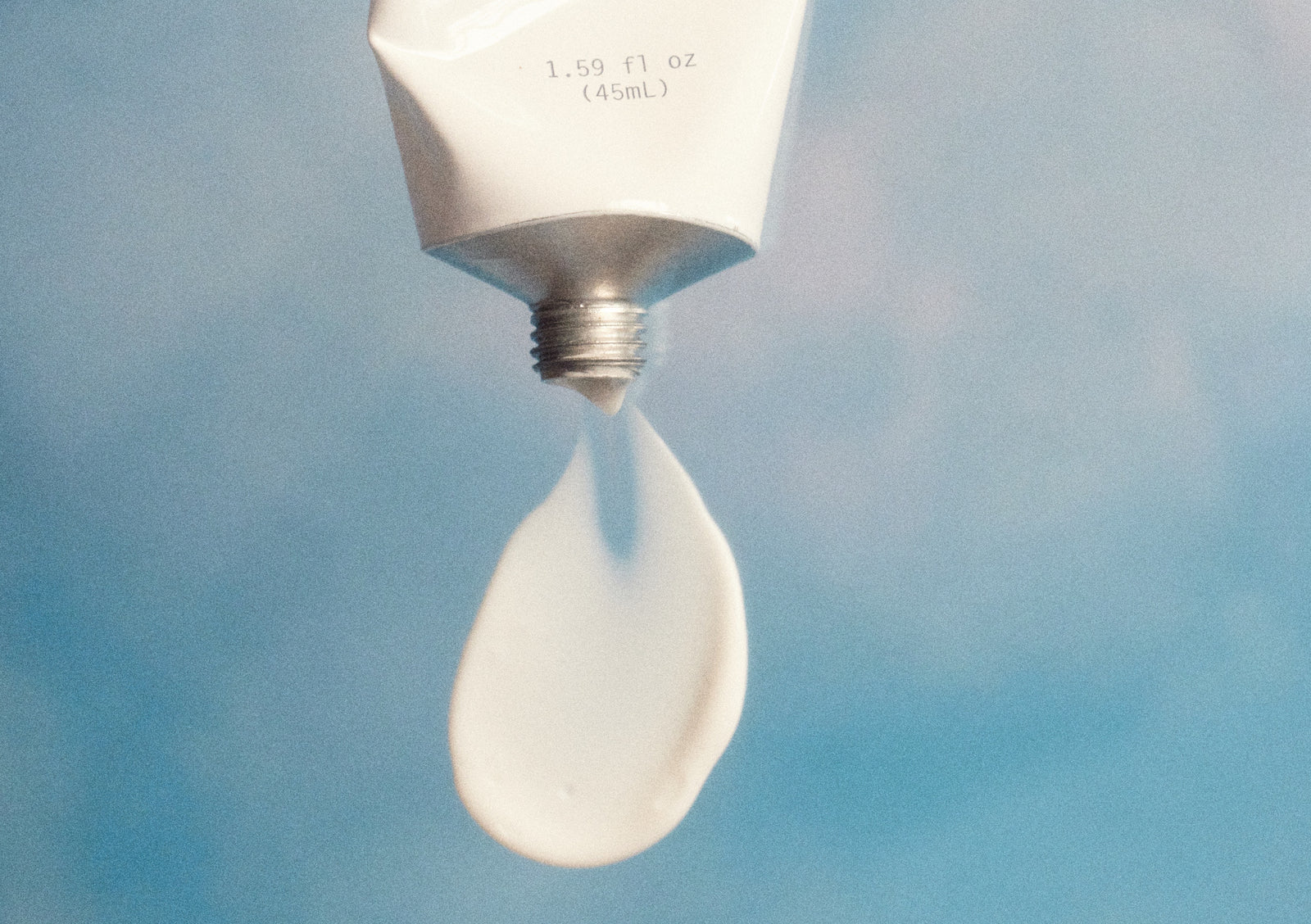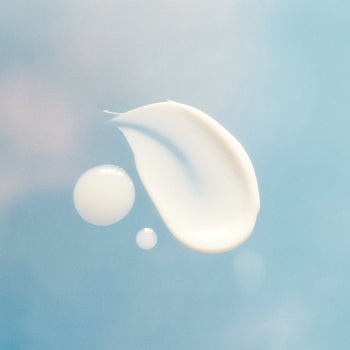
WTF Does "Comedogenicity" Actually Mean?
When it comes to comedogenicity, like many things in skincare marketing, it’s been warped largely in the pursuit of selling you things like “oil free skincare.” Comedogenicity refers to an ingredient’s potential to block or disrupt the sebum production in your skin that leads to comedones forming— aka a pimple or a whitehead.
The comedogenic scale was originally conceived from animal testing on rabbit ears so it’s not totally reliable as a scoring method for humans. There are two things to consider when evaluating comedogenicity;
- The ingredient itself, the richer and more emollient something is, the more likely it’s comedogenic. This depends on the structure of the oil. For example, a richer or more emollient ingredient (emollience had to do with skin conditioning and soothing), even if it feels fatty and pore clogging may not be comedogenic. Other structures like petrolatum are rather large molecules and thus unlikely to block pores. However, due to their ability to trap ingredients and hold them close to the skin, yes, you can break out because of Vaseline.
- The percentage at which it’s used. A lot of people forget this part of the equation. Like with all things there’s nuance to all things and it depends. Very rarely is any ingredient used at 100% which is how it was tested on aforementioned rabbit ears.
For example, just because something has coconut oil doesn’t mean it’s comedogenic. This is a myth. If the formula has .1% coconut oil, barring a coconut allergy it’s not going to block your pores. 100% coconut oil? Well that’s a different story, more likely to be comedogenic.
So, how do brands get to make claims around comedogenicity? Thankfully, no one is testing on rabbit ears anymore. We now test on human necks instead. A brand will hire a third party lab to recruit participants and apply the product on the test subject’s necks or backs. The lab will then occlude this with a patch and evaluate after a few weeks whether comedones are forming. If they do, the product is considered comedogenic. If they don’t, then it’s non comedogenic.
It’s also important to remember your skin type also matters when taking into consideration comedogenicity. For those with sensitive, acne prone skin, you’ll likely want to take notes of products you buy that you react to. When looking at these products, if there is an ingredient that shows up over and over again, that may be what you’re sensitive to. Or you may find that even if a product doesn’t have a high percentage of one comedogenic ingredient, it has many different ingredients that tends to be pore-blocking. It may just be that the combination is too much for your skin. On the flip side, if you don’t have acne-prone skin and your skin isn’t very reactive, you can probably ignore this entire article. You can bathe in coconut oil, shea butter, cocoa butter and just be glowing.
So now, the question you all have been wanting to ask: is Dieux’s moisturizer, Instant Angel, comedogenic?
No, in our study which looked at a small sample of 30 people, when we occluded our moisturizer vs. a negative control moisturizer, Instant Angel was not comedogenic. This was by design, our head of product and award-winning cosmetic chemist, Joyce de Lemos, chose to work with both emollients and occlusives; the ingredients that moisturize and slow the loss of hydration from the skin, a process known as trans epidermal water loss. Joyce knew that the final formula for Instant Angel would be lower on the comedogenicity scale based on the ingredients and the usage of them at percentages that allowed them to work, but not trigger comedones.
Does this mean Instant Angel is guaranteed to never break you out? Not exactly. We wish we could make that claim but there are no miracles in skincare, only rituals. What we can say is that Instant Angel is just *less likely* to break you out. And if you ever Dieux have issues, please email us at orders@dieuxskin.com.







